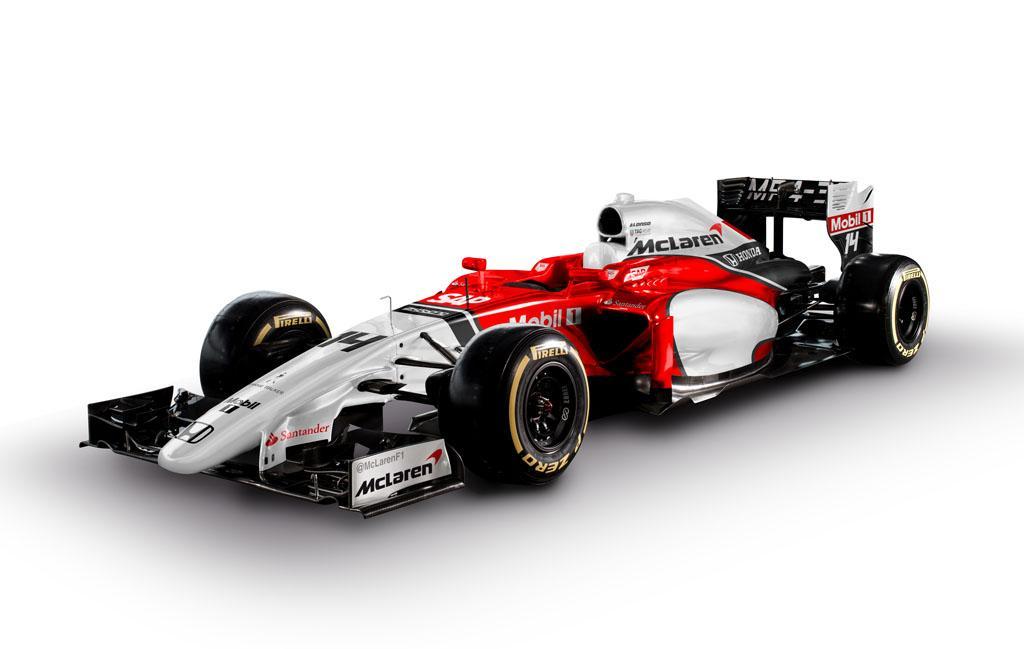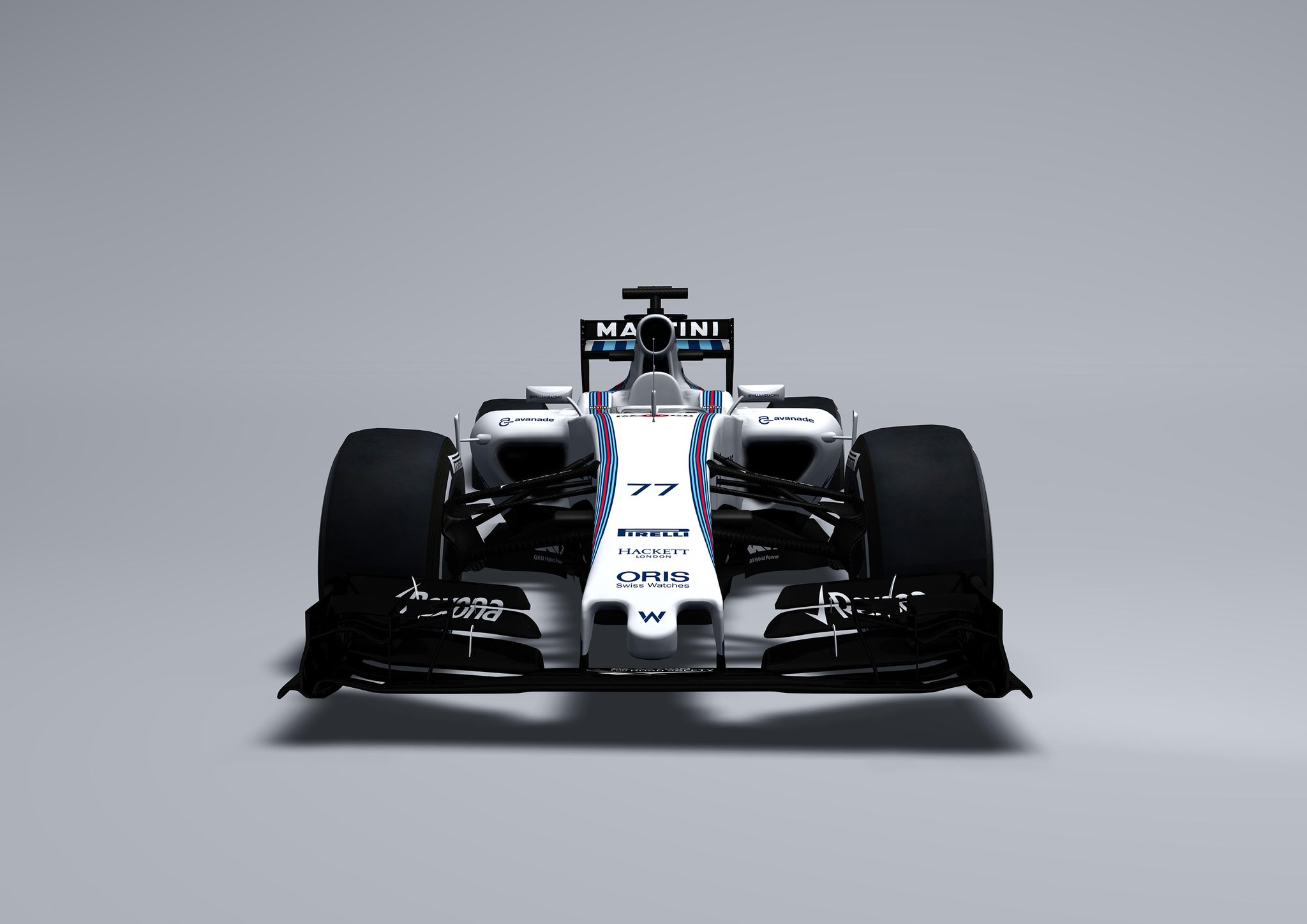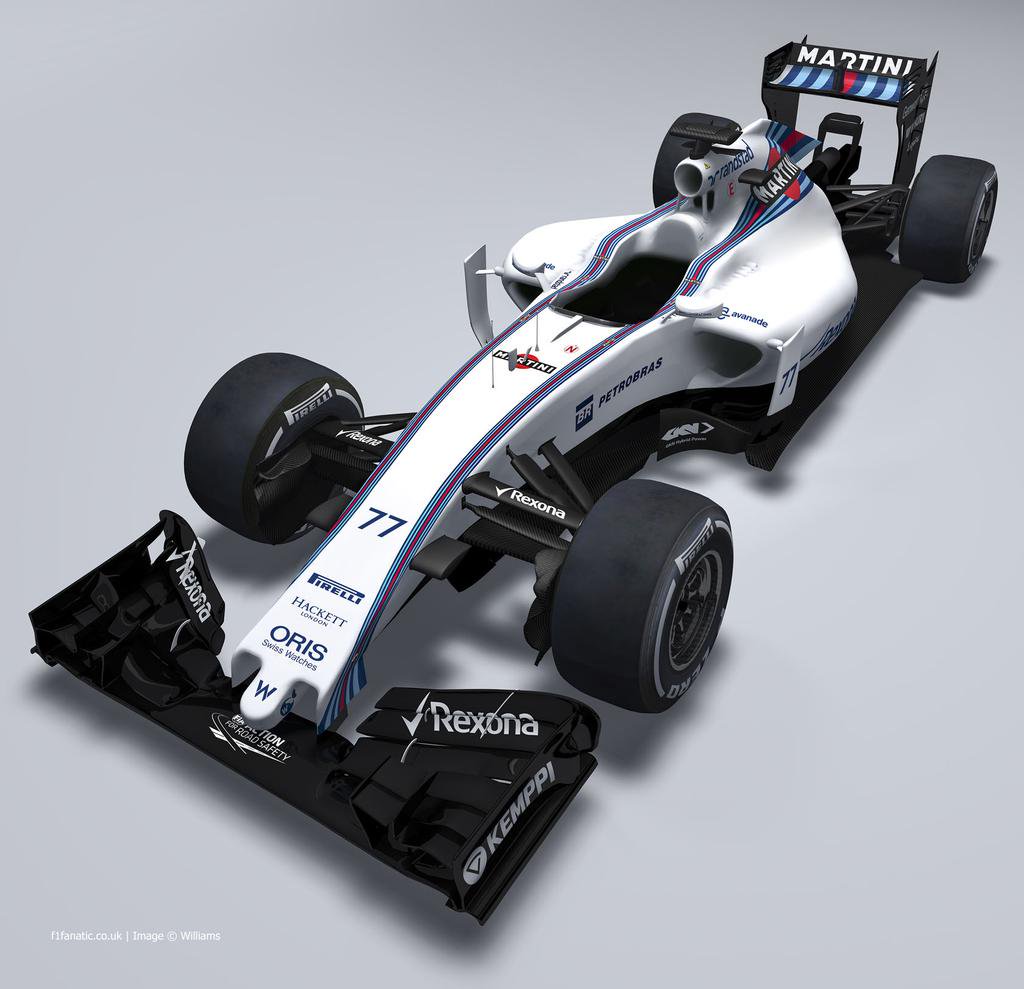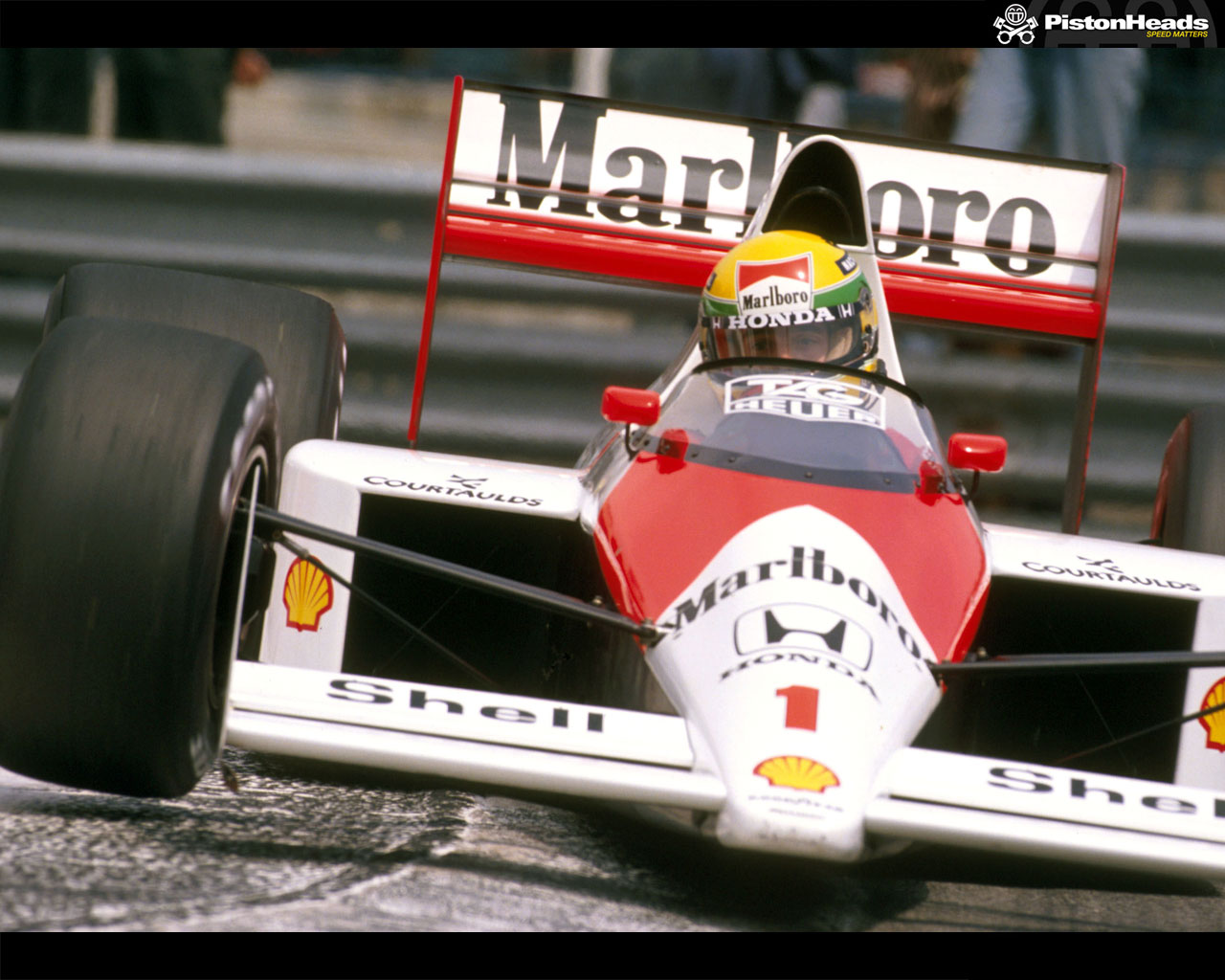Sven
Norm Smith Medallist
- Thread starter
- #451
Formula One racing’s governing body, the FIA, has revealed details of a new Super Licence points system, making it harder for drivers to become eligible for F1 competition.
From 2016, drivers must have accumulated 40 points over a three-year period, with points allocation based on which other motorsport series they have participated in and the level of results they achieved.
Drivers will have also have to be at least 18-years old, have spent at least two years in junior single-seater categories, hold a valid road driver’s licence and pass a test on the Formula One sporting regulations. The existing requirement of completing 300 kilometres in a recent F1 car also remains.
2016 F1 Superlicence Points Table
Championship position|1st|2nd|3rd|4th|5th|6th|7th|8th|9th|10th
\Future FIA F2 C’ship|60|50|40|30|20|10|8|6|4|3
\GP2 Series|50|40|30|20|10|8|6|4|3|2
\FIA F3 European C’ship|40|30|20|10|8|6|4|3|2|1
\FIA WEC (LMP1)|40|30|20|10|8|6|4|3|2|1
\IndyCar|40|30|20|10|8|6|4|3|2|1
\GP3 Series|30|20|15|10|7|5|3|2|1|0
\Formula Renault 3.5|30|20|15|10|7|5|3|2|1|0
\Japanese Super Formula|20|7|10|7|5|3|2|1|0|0
\National F4 (certified by FIA)|10|7|5|2|1|0|0|0|0|0
\National F3 c’ships|10|7|5|2|1|0|0|0|0|0
\Formula Renault (EuroCup, ALPS or NEC)|5|3|1|0|0|0|0|0|0|0
If such a system had been in place ahead of 2015, new Toro Rosso signing Max Verstappen would be ineligible to race in F1 this year, since he is under 18 and having accrued just 20 points by finishing third in the 2014 FIA F3 European championship - the 17-year-old's only season of car racing to date.
It'll be interesting to see how the changes affect the junior formulae and I could see an end to pay drivers as a result of these changes. It'd be interesting to see how many of the current Formula 1 drivers would have qualified for a Super Licence when they entered F1 based on these conditions.
I have mentioned a few times that GP2 winners have seldom moved up to F1 and this system would seem to address that situation with both the winner and runner up accruing the required 40 points for a Super Licence.
The F2 Championship doesn't exist at the moment as the series hasn't been contested since 2012. (Maybe Bernie is going to get his way with the old F1 engine featuring in F2)
From 2016, drivers must have accumulated 40 points over a three-year period, with points allocation based on which other motorsport series they have participated in and the level of results they achieved.
Drivers will have also have to be at least 18-years old, have spent at least two years in junior single-seater categories, hold a valid road driver’s licence and pass a test on the Formula One sporting regulations. The existing requirement of completing 300 kilometres in a recent F1 car also remains.
2016 F1 Superlicence Points Table
\Future FIA F2 C’ship|60|50|40|30|20|10|8|6|4|3
\GP2 Series|50|40|30|20|10|8|6|4|3|2
\FIA F3 European C’ship|40|30|20|10|8|6|4|3|2|1
\FIA WEC (LMP1)|40|30|20|10|8|6|4|3|2|1
\IndyCar|40|30|20|10|8|6|4|3|2|1
\GP3 Series|30|20|15|10|7|5|3|2|1|0
\Formula Renault 3.5|30|20|15|10|7|5|3|2|1|0
\Japanese Super Formula|20|7|10|7|5|3|2|1|0|0
\National F4 (certified by FIA)|10|7|5|2|1|0|0|0|0|0
\National F3 c’ships|10|7|5|2|1|0|0|0|0|0
\Formula Renault (EuroCup, ALPS or NEC)|5|3|1|0|0|0|0|0|0|0
If such a system had been in place ahead of 2015, new Toro Rosso signing Max Verstappen would be ineligible to race in F1 this year, since he is under 18 and having accrued just 20 points by finishing third in the 2014 FIA F3 European championship - the 17-year-old's only season of car racing to date.
It'll be interesting to see how the changes affect the junior formulae and I could see an end to pay drivers as a result of these changes. It'd be interesting to see how many of the current Formula 1 drivers would have qualified for a Super Licence when they entered F1 based on these conditions.
I have mentioned a few times that GP2 winners have seldom moved up to F1 and this system would seem to address that situation with both the winner and runner up accruing the required 40 points for a Super Licence.
The F2 Championship doesn't exist at the moment as the series hasn't been contested since 2012. (Maybe Bernie is going to get his way with the old F1 engine featuring in F2)










